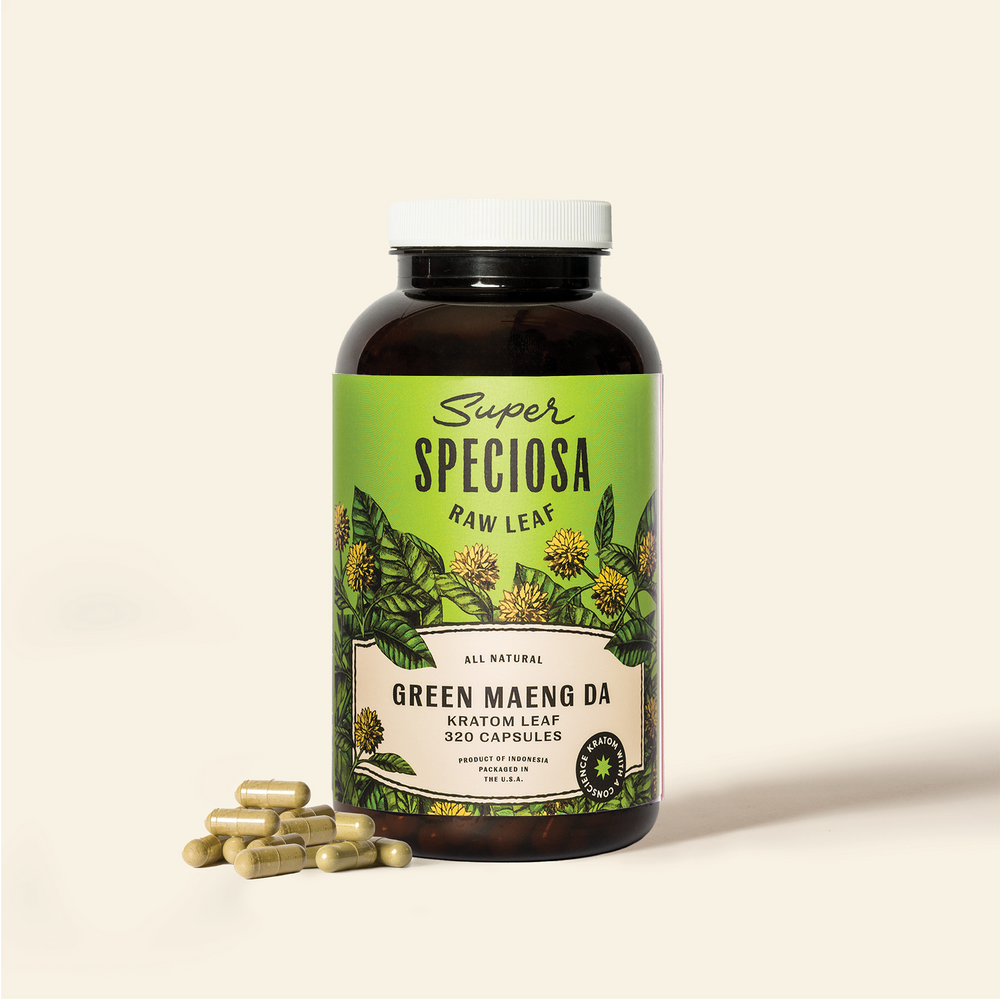Recreational Users Face Lack of Information Due to Regulatory Tug-of-War
RECREATIONAL USERS FACE LACK OF INFORMATION DUE TO REGULATORY TUG-OF-WAR

Amidst all the back-and-forth surrounding kratom in both legal and medical circles, it’s easy to lose sight of kratom’s role as a recreationally available substance that customers use for a variety of personal purposes.
Millions of people in the United States alone use kratom on a regular basis, meaning that even as the federal government drags its feet in a legal stalemate with the substance, a significant chunk of the population is being left in the dark in terms of information needed to make informed decisions about an herbal remedy that is used across the globe.
Despite the amount of conversation and debate centered on the handful of states and countries that have limited access to the substance, kratom is still growing in popularity around the globe as a traditional folk remedy, finding its way to new markets and consumers. That doesn’t mean that knowledge and information about the substance has followed suit, though, and has left customers uninformed about the various types and uses of kratom, and what it can mean for recreational consumers.
While there are currently no accepted or approved medical uses for kratom in the United States, a study of why users choose kratom cut to the core of the issue.
“...kratom consumption in the traditional setting has none of the stigma associated with opioid misuse and appears to have less physical and mental impairing effects,” the study said, based on responses from 116 regular kratom users. “Additionally, the side effects from kratom consumption are reportedly less severe when compared to the effects from classical opioids”
In simple terms, kratom is a substance that consumers feel more comfortable consuming on a regular basis. That means that rather than waiting for regulatory approval or potential medical research, the majority of consumers interested in kratom are left without basic guidance from those same regulatory sources on a substance that is recreationally available for millions of users across the globe.
For starters, kratom “does not denote a single, specific compound, but rather a cocktail of the psychoactive alkaloids occurring naturally in the plant,” according to a literature review from the National Institute of Health. It goes on to say that “more than 40 of these compounds have been identified to date, although only four are known to be pharmacologically active.”
The most prevalent of those alkaloids is mitragynine, which along with a similar alkaloid, “targets opioid receptors, albeit with significant differences.” That matches with the experience of those included in the study of kratom users–and is just one example of the value of a back-and-forth between anecdotal evidence and scientific inquiry.
Users recreationally consume kratom because of its lack of stigma and how those who take the substance feel, and the science helps those consumers understand the WHY: “Given the diversity of alkaloids present in kratom extracts and the unique potential pharmacodynamic properties of each, the net physiological effect of the substance is complex.”
The issue, however, comes in the scope of how that scientific information is applied.
As stated above, kratom has no approved medical use, and is not legally allowed to be marketed as a treatment option. That is apparent from the NIH review, where it states that the popularity trend is “reflected in the expanding scientific literature.” Rather than answer questions that would address the substance as a popular substance for consumers, though, a large amount of the research is focused on a small number of calls to poison centers and an even smaller number of deaths and serious side effects solely traced to kratom use.
So what’s being missed?
In the literature review done by the NIH, the findings indicate that the recreational usage of kratom “may not constitute dependence or addiction per se” and also concludes that even recreational users are subject to certain risks–but it’s the “why?” here that is relevant to those same recreational consumers.
“Aside from its potential for abuse, kratom poses numerous other risks to patients, largely a consequence of its status as an unregulated supplement. Without regulatory oversight, there is little to ensure the authenticity, purity, quality, potency, and safety of commercially available kratom preparations.”
Even the preclinical literature was tainted by a lack of purity, with the NIH review concluding that it was a “major limitation” that those experiments were conducted with chemically synthesized mitragynine or a similar alkaloid. That means that a significant chunk of research is being done using a different form of kratom than which is available to consumers.
What does that mean for consumers? Instead of having available studies on alkaloids, strain types and other information for recreational users, the majority of study and “findings” around kratom are focused on contaminants found in unregulated markets and a synthetic version of the substance different from what is commercially available.
The popularity of kratom has made it clear, even to the authors of the review: Consumers are going to use the substance. Now it’s just a question of what type of information regulatory agencies want to provide to their constituents.
“Given the likelihood of protracted demand for kratom use, health providers and medical educators should take efforts to improve awareness of this still relatively unknown drug.”





